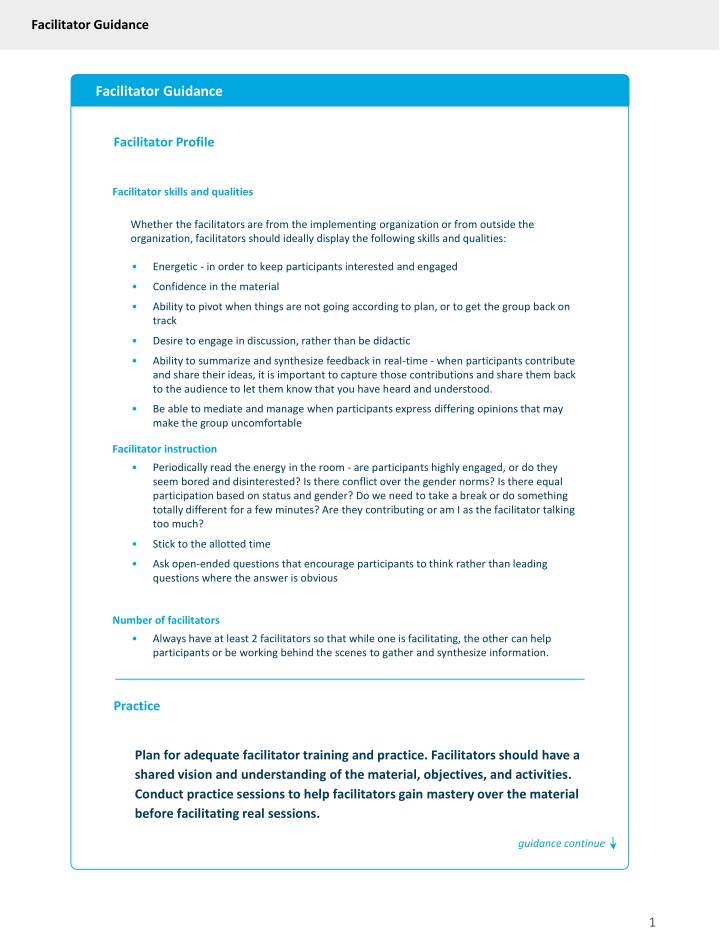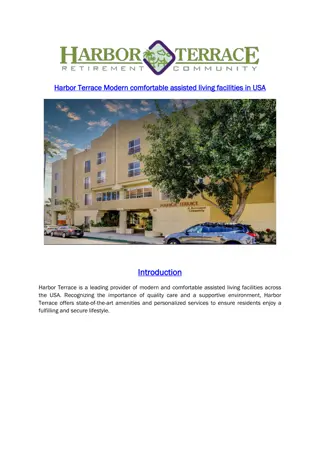Living a Life of Purpose: The Book of Esther
Timeless tale of Esther from the Bible, highlighting key characters like King Ahasuerus, Queen Vashti, Haman, Mordecai, and how Esther's courage and faith led to the salvation of her people. Dive into themes of bravery, destiny, and divine intervention as you uncover the inspirational story within the pages of Esther.
Download Presentation

Please find below an Image/Link to download the presentation.
The content on the website is provided AS IS for your information and personal use only. It may not be sold, licensed, or shared on other websites without obtaining consent from the author.If you encounter any issues during the download, it is possible that the publisher has removed the file from their server.
You are allowed to download the files provided on this website for personal or commercial use, subject to the condition that they are used lawfully. All files are the property of their respective owners.
The content on the website is provided AS IS for your information and personal use only. It may not be sold, licensed, or shared on other websites without obtaining consent from the author.
E N D
Presentation Transcript
Facilitator Guidance Facilitator Guidance Facilitator Profile Facilitator skills and qualities Whether the facilitators are from the implementing organization or from outside the organization, facilitators should ideally display the following skills and qualities: Energetic - in order to keep participants interested and engaged Confidence in the material Ability to pivot when things are not going according to plan, or to get the group back on track Desire to engage in discussion, rather than be didactic Ability to summarize and synthesize feedback in real-time - when participants contribute and share their ideas, it is important to capture those contributions and share them back to the audience to let them know that you have heard and understood. Be able to mediate and manage when participants express differing opinions that may make the group uncomfortable Facilitator instruction Periodically read the energy in the room - are participants highly engaged, or do they seem bored and disinterested? Is there conflict over the gender norms? Is there equal participation based on status and gender? Do we need to take a break or do something totally different for a few minutes? Are they contributing or am I as the facilitator talking too much? Stick to the allotted time Ask open-ended questions that encourage participants to think rather than leading questions where the answer is obvious Number of facilitators Always have at least 2 facilitators so that while one is facilitating, the other can help participants or be working behind the scenes to gather and synthesize information. Practice Plan for adequate facilitator training and practice. Facilitators should have a shared vision and understanding of the material, objectives, and activities. Conduct practice sessions to help facilitators gain mastery over the material before facilitating real sessions. guidance continue 1
Facilitator Guidance Facilitator Guidance Conduct an engaging opening Icebreakers Always conduct an icebreaker or warm-up activity. Getting participants energized and in the right mindset is critical to an effective gathering. Establish ground rules and create a safe space Establish that this is a safe, judgment-free zone where active listening and mutual respect are expected from all participants Establish ground rules with the participants - such as allowing one person to speak at a time, reserving judgment, limiting cell phone use, etc. This will help engage participants and set the tone for the session. Pre-populate a flipchart paper with some suggestions, then ask participants to add. Keep it visible during the session. This can also help manage any underlying power dynamics among participants Set expectations In the first session, it can be helpful to have an expectations setting exercise so that you can know where your audience is at in terms of their understanding of the session. Ask participants to silently brainstorm their expectations for the session on Post-its (one idea per Post-it). Ask them to share back, and you as the facilitator will plot and cluster their expectations on a flip chart paper. Summarize the expectations and keep this visible throughout the session, referring back to it if needed. Managing participant dynamics Keep the following tips in mind: Allow adequate time for transitions between activities Periodically assess the energy in the room - take breaks as needed or conduct fun, quick activities to boost the energy Periodically check in with participants to assess their comfort level and understanding - encourage feedback about how the sessions can be improved Try to get everyone in the group to speak - remember that it is okay to call on people directly Guidance for managing power dynamics Power dynamics can exist between participants themselves (teachers vs. school principals, parents/caregivers and their children), and between participants and facilitators (e.g. when the facilitators are younger than the participants). When facilitating groups of mixed hierarchies, keep the following in mind: guidance continue 2
Facilitator Guidance Facilitator Guidance Tactics to manage power dynamics As the facilitator, avoid dominating the conversation or favoring specific participants; ensure that everyone has the chance to speak and encourage quieter participants to speak up Refer to people by their first names rather than by their titles and last names Use mixed small groups to promote more equal contributions Allow for anonymous contributions through the use of polls or written questions to enable people to share their thoughts free from judgment Aim to use inclusive language that respects the diversity of your participants. For example, rather than assuming that all participants are married to someone of the opposite sex and using the terms husband or wife, , use terms like significant other or partner as a way to accommodate different types of relationships or sexual orientations. When the facilitator is younger than the participants: Aim to learn from the experience of the audience. Approach with curiosity rather than instruction. Explore the experiences and problems that occur in the community environment. Talking too much might seem like a boring lecture, so when dealing with participants older than facilitators, rely on activities and maximize opportunities for participants to contribute. Emphasize that the intervention or package will help solve problems in the environment and is not about benefiting you as an implementer. Guidance for managing youth dynamics (referenced from International Planned Parenthood Foundation (IPPF), page 10 https://www.ippf.org/sites/default/files/inspire_participate.pdf Provide young people with jargon free information that is accessible to them. Offer a variety of options so young people have a choice in the ways they wish to engage. Value the input of young people take their views seriously and give clear feedback on the impact of their contribution. Recognize young people s contribution and input: for example, provide a certificate of achievement. Provide support to project staff to develop their skills in working with young people. Debrief the sessions Facilitation is a skill like any other that improves over time. Connect with your co-facilitators to debrief each session to understand what went well, and what was challenging, and suggest changes to improve for the next time. This will serve as another opportunity to tailor the materials to your audience. 3
Facilitator Guidance Facilitator Guidance Logistics Think beyond the actual facilitation time and consider what needs to be done before and after in terms of set-up, clean-up, preparation, and follow-up. Implementers may or may not incur these costs depending on what their organization already owns. To keep costs down, try to use a location that you already have access to, like a meeting space in your offices. For each session plan time for set-up, practice, live facilitation, and follow-up. Potential Costs Stationary Equipment purchase or rental Room rental Refreshments Transportation stipend for participants (optional) Printing Facilitator compensation (this is up to the implementing organization) Meeting materials checklist Sticky notes, Post-its, or small pieces of paper that can be taped or adhered onto a larger surface Post-its for participants and facilitators Markers or pens for participants and facilitators Notepaper for participants Flipchart paper for participants and facilitators Refreshments for participants Optional (if giving a presentation or conducting an activity that requires this equipment): Laptop Projector Projector screen (or blank wall) and adapter Speakers Microphone 4























